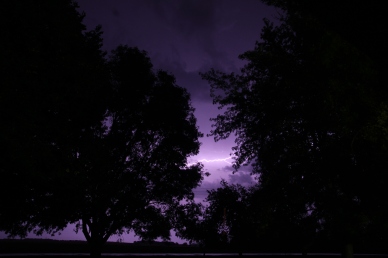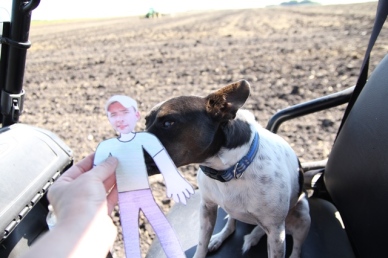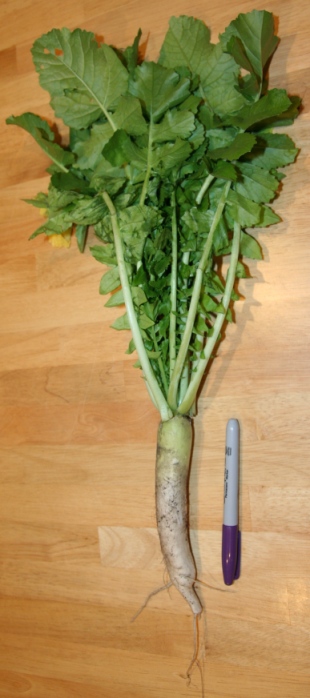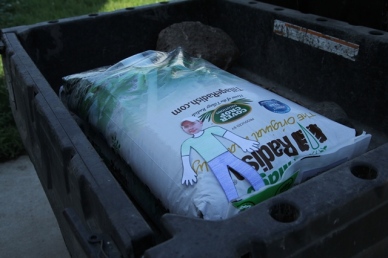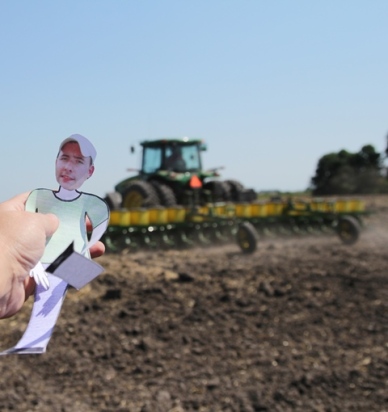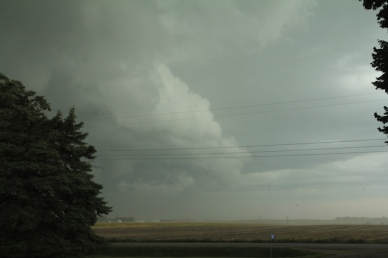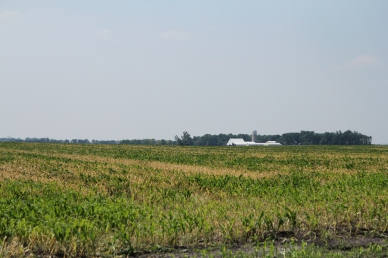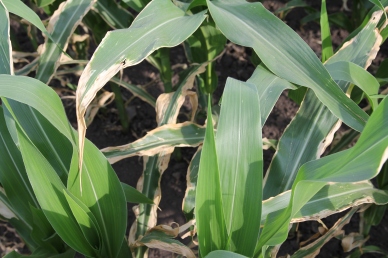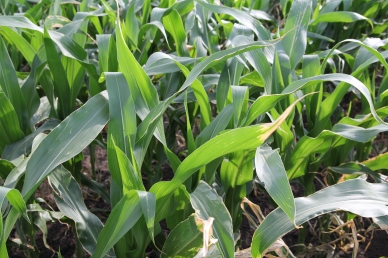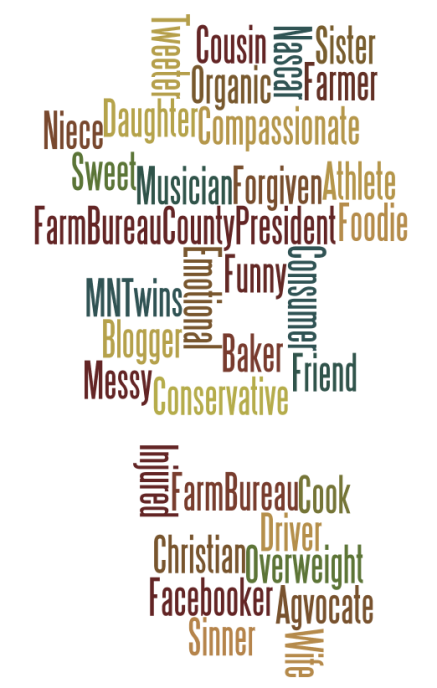Late last week, my Facebook and Twitter feeds blew up with farmers and consumers weighing in on Panera Bread’s new marketing campaign. My friend, Dairy Carrie, wrote this blog as an open letter to Panera Bread. So many farmers were offended by the insinuation that they are lazy for using antibiotics, that the blog post went wild. It took a few days for the CMO to contact Carrie, and she wrote about the conversation here. I started writing a response, but was a little too hot under the collar at the level of disrespect, so I scrapped it.
One of the scripture passages that we read on Sunday kind of had me sit up a little more. I included the part that stuck out to me below:
Colssians 2:16-19 16 Therefore do not let anyone judge you by what you eat or drink, or with regard to a religious festival, a New Moon celebration or a Sabbath day. 17 These are a shadow of the things that were to come; the reality, however, is found in Christ. 18 Do not let anyone who delights in false humility and the worship of angels disqualify you. Such a person also goes into great detail about what they have seen; they are puffed up with idle notions by their unspiritual mind. 19 They have lost connection with the head, from whom the whole body, supported and held together by its ligaments and sinews, grows as God causes it to grow.
The last verse reminded me of this passage:
1 Corinthians 12:12-26 12 Just as a body, though one, has many parts, but all its many parts form one body, so it is with Christ. 13 For we were all baptized by[c] one Spirit so as to form one body—whether Jews or Gentiles, slave or free—and we were all given the one Spirit to drink. 14 Even so the body is not made up of one part but of many.15 Now if the foot should say, “Because I am not a hand, I do not belong to the body,” it would not for that reason stop being part of the body. 16 And if the ear should say, “Because I am not an eye, I do not belong to the body,” it would not for that reason stop being part of the body. 17 If the whole body were an eye, where would the sense of hearing be? If the whole body were an ear, where would the sense of smell be? 18 But in fact God has placed the parts in the body, every one of them, just as he wanted them to be. 19 If they were all one part, where would the body be? 20 As it is, there are many parts, but one body. 21 The eye cannot say to the hand, “I don’t need you!” And the head cannot say to the feet, “I don’t need you!” 22 On the contrary, those parts of the body that seem to be weaker are indispensable, 23 and the parts that we think are less honorable we treat with special honor. And the parts that are unpresentable are treated with special modesty, 24 while our presentable parts need no special treatment. But God has put the body together, giving greater honor to the parts that lacked it, 25 so that there should be no division in the body, but that its parts should have equal concern for each other. 26 If one part suffers, every part suffers with it; if one part is honored, every part rejoices with it.
So, what does this have to do with Panera Bread?
There have been many tweets, Facebook postings, and blogs written from all points of view. Some were nasty towards other farmer’s opinions, and some were nasty towards Panera. There also posts that invited Panera into a conversation with farmers, and posts that made you stop and think about why we had the reaction we did.
The nasty posts made me a little sad. Who are we to judge another farmer’s method of raising animals or crops. If the animals are healthy and thriving, have enough food and shelter, should we be condemning them because we prefer to raise our animals in a barn? The farmer who chooses to raise his animals as a completely antibiotic free animal for a specific market has every right to do so. Just as those who use antibiotics under a veterinarians guidance has every right to do so.
The same can be said for those who choose to grow their crops with pesticides, and those who choose to grow their crops without. Every farmer has made a choice based on what works for them and their farm. If I don’t want to buy GM sweet corn, I can buy organic sweet corn. If I don’t want to buy organic produce, I can buy conventional produce.
What the scriptures above basically say, is that we are not to judge others based on what they eat or drink. Or what church they go to. Or what celebrations they attend. The important thing is that, as Christians, we are all forgiven when we ask. We are all one body…which I think can apply to agriculture as well.
There are many parts to agriculture. There are some that are larger than others, but that doesn’t meant they are more important. Every individual has a say…and the way Dairy Carrie’s blogs were shared, there was a lot of say’in this weekend.
I also think these passages point to respecting others. While I do not sell any goods to Panera Bread, I was a frequent visitor of their Sioux Falls location. I was offended at the lack of respect they showed for both the farmer and the consumer. By telling the consumers that they, and the farmers who raise conventional chickens, are lazy if they don’t choose Panera’s antibiotic free chicken is going against Colssians 2:16. The smugness of the CMO’s response, and the failure to pull the ad campaign entirely, points to the puffed up with pride reference. Panera has so many good things going for it, they didn’t need to “go there” with this new marketing angle.
I believe that the Bible can teach us so many things about how to have effective relationships with people. Do I think Panera can still have a conversation with farmers? Absolutely. We both must come to the table realizing that we are different parts of the same body. We need to show respect and humility on both sides. Most of all, we need to stop judging people by their food or farming choices.
Like this:
Like Loading...


